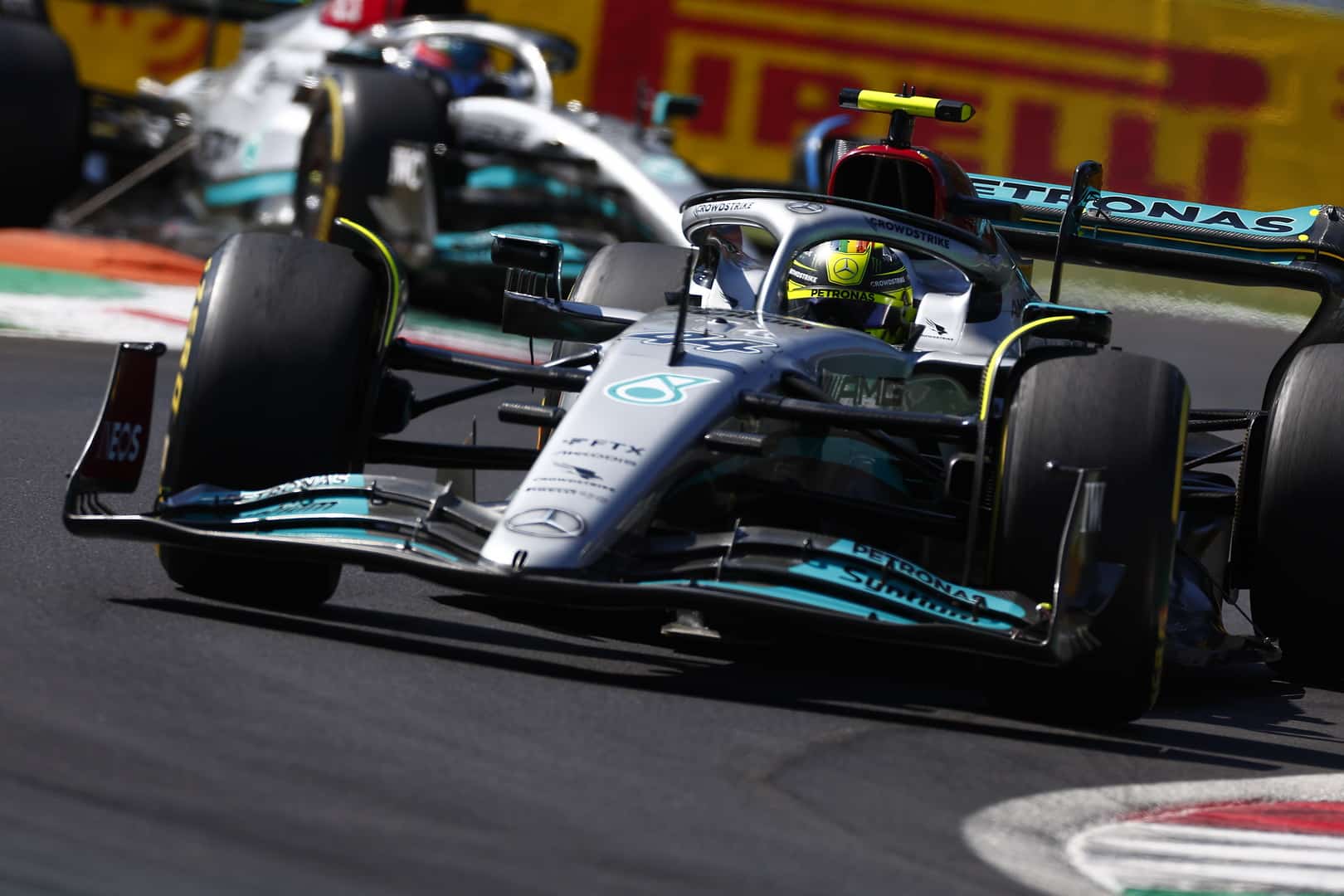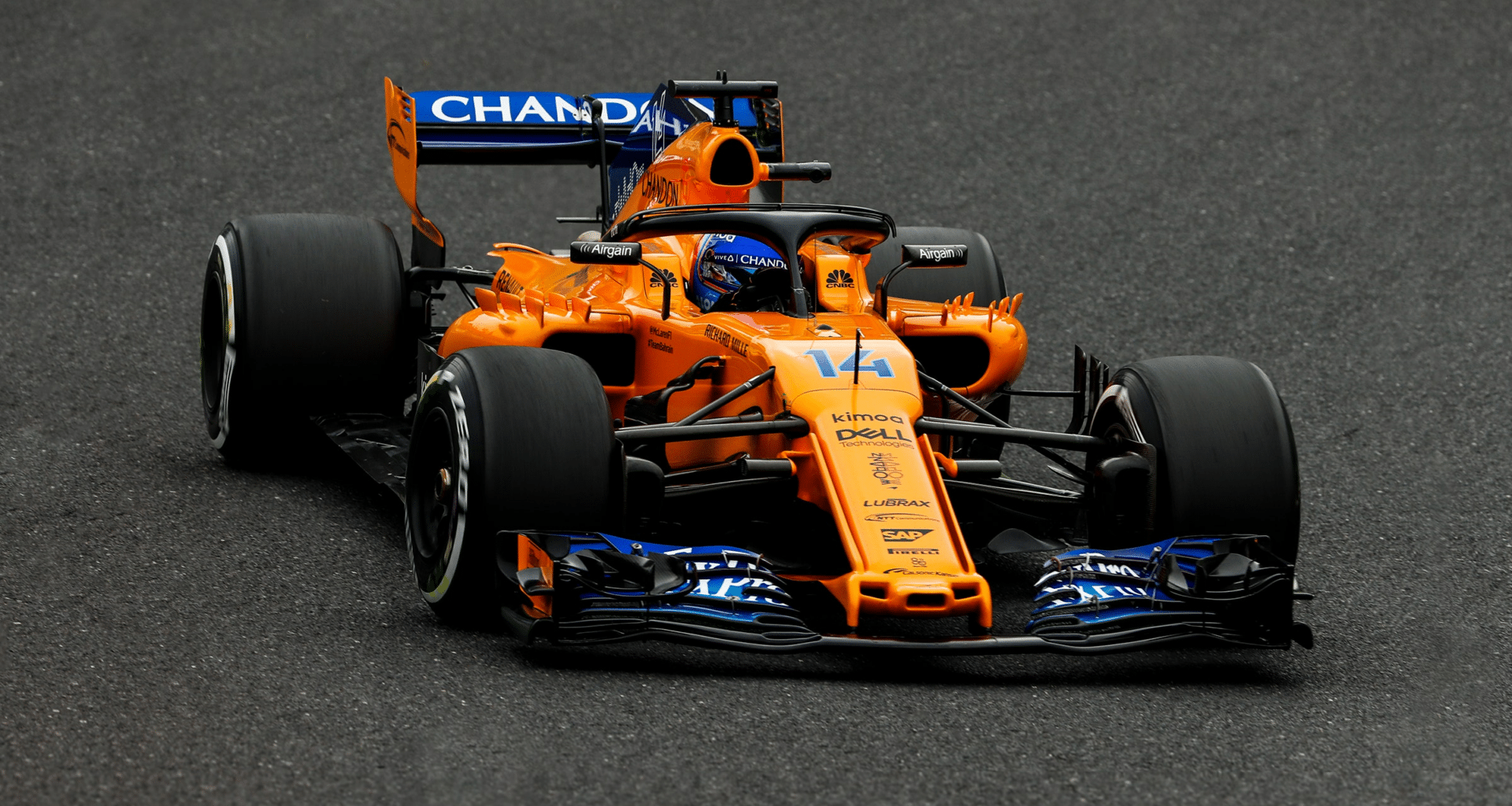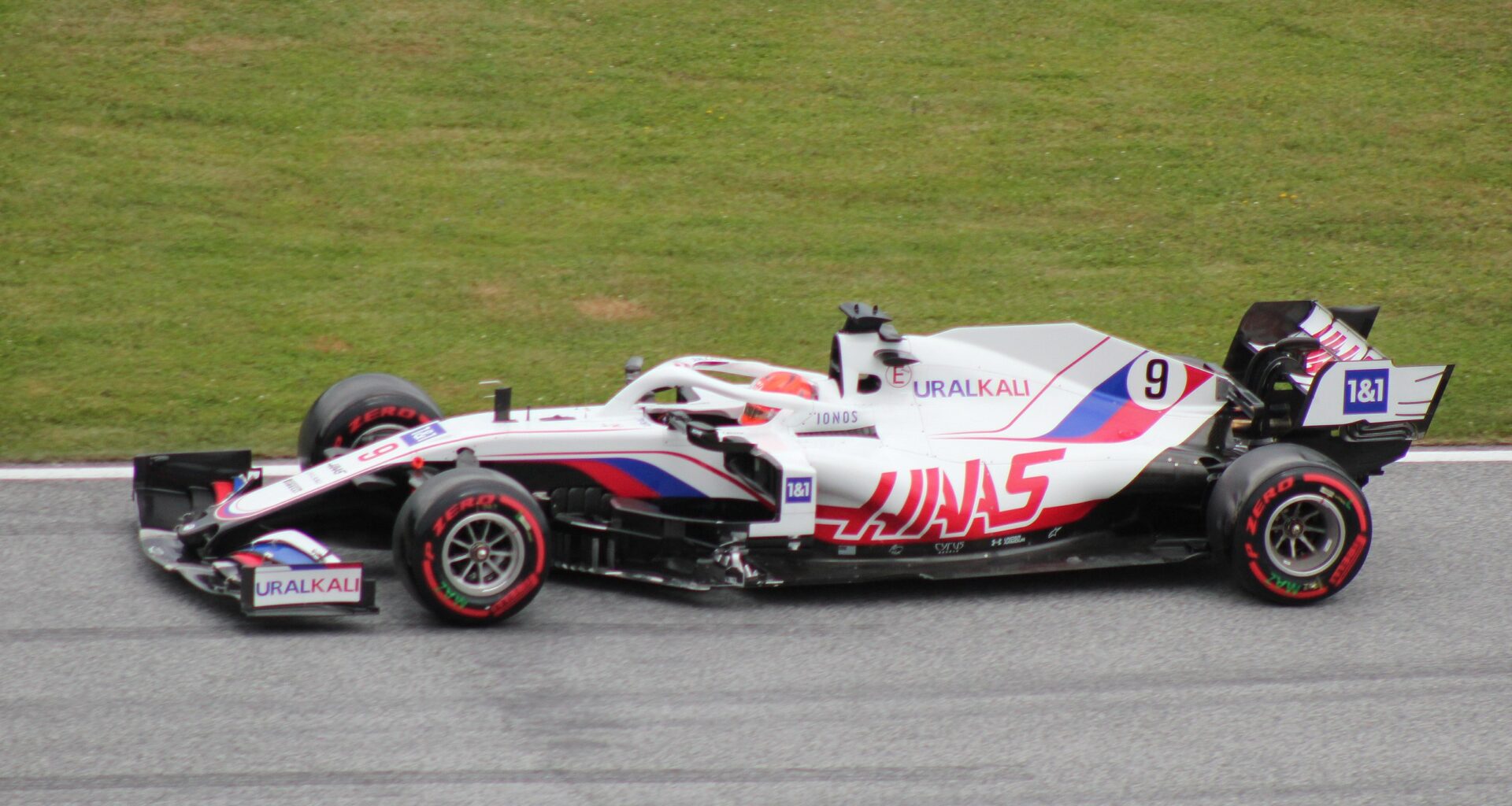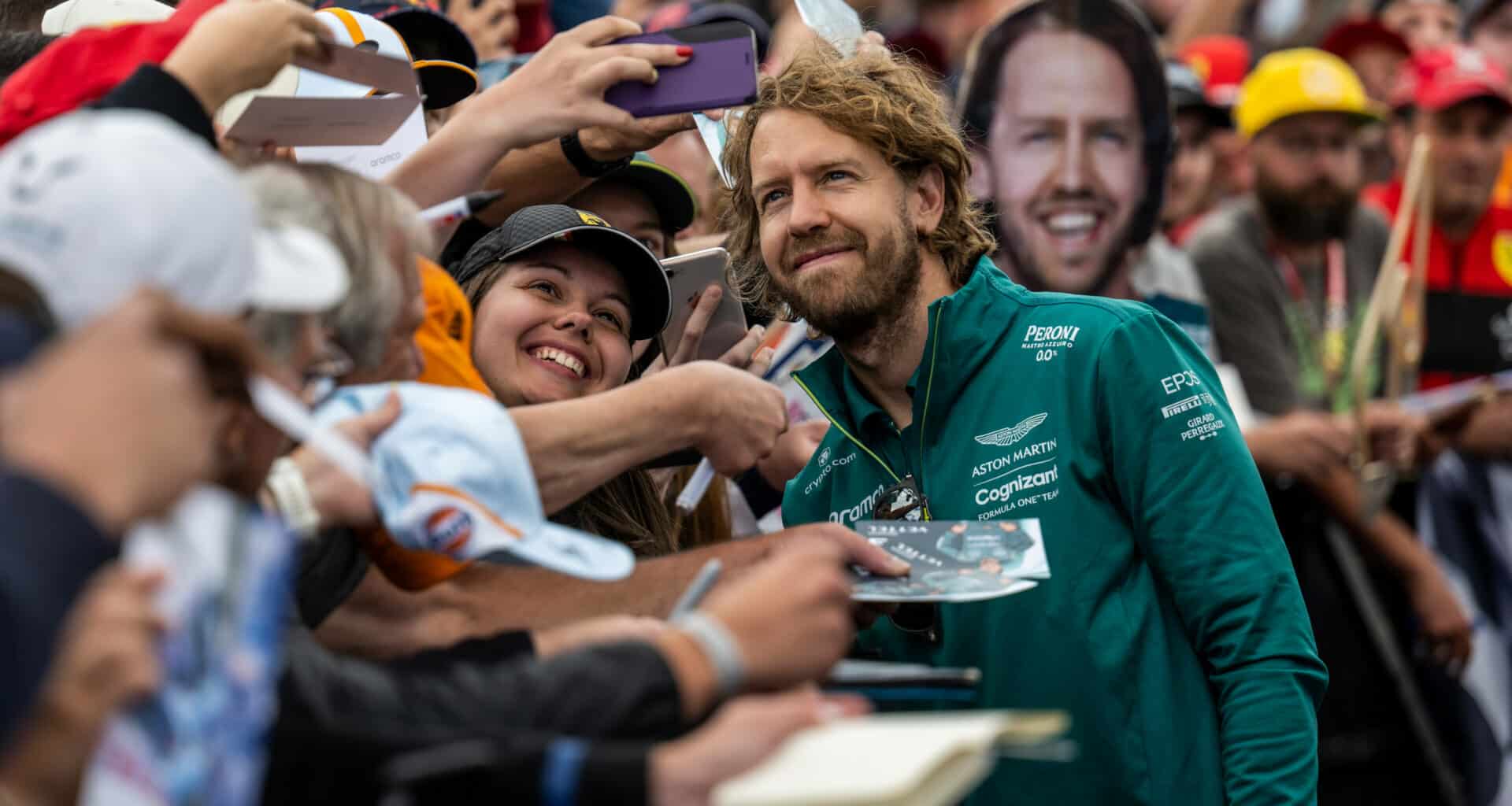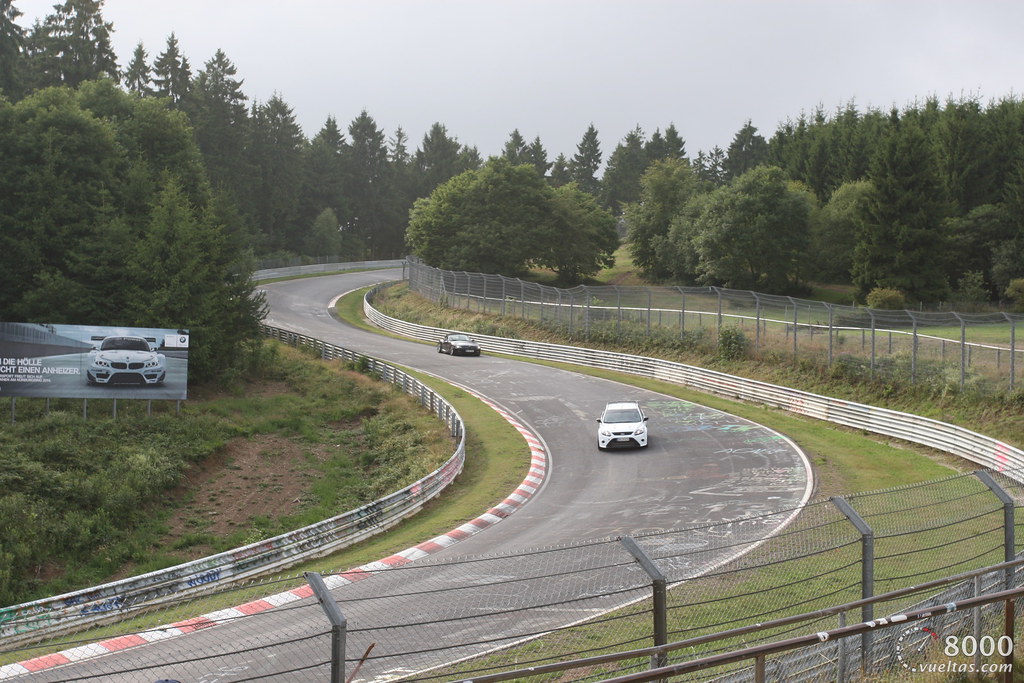Graining, a phenomena that affects grip, traction, and general car handling, is one of the major variables influencing F1 tire performance.
To reduce graining and improve performance on the track, drivers, teams, and tire makers must collaborate.
This article will examine graining in Formula 1 tires, the causes of it, and methods for controlling this important feature of racing.
Table of Contents
Defining Graining and Its Effects on Tire Performance
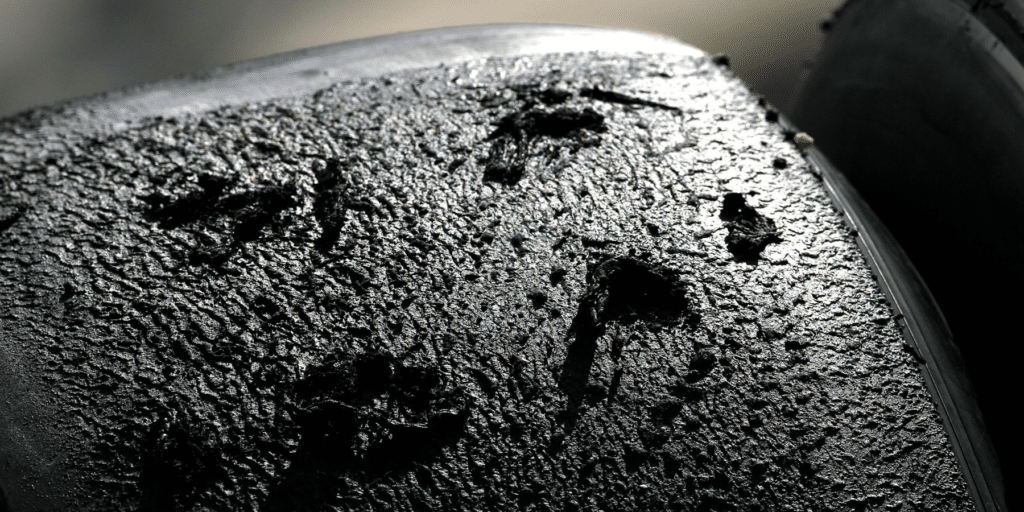
The term “graining” describes the erratic patterns that heat and friction build up on the tire surface.
These abrasive, sandpaper-like patterns have an impact on how the tire interacts with the track, which eventually compromises grip and traction.
To minimize the consequences and retain peak performance when graining occurs, teams and drivers must modify their racing strategies and vehicle setup.
Factors Contributing to Graining in Formula 1
- Tire Pressure: Correct tire pressure is essential for optimal grip and performance. Overinflating or underinflating tires can lead to excessive heat and friction, causing graining.
- Car Setup: Proper car setup, including suspension, ride height, and downforce levels, contributes to efficient tire performance. Improper setup can overload the tires, resulting in graining.
- Understeering and Oversteering: Both of these conditions affect tire grip on the track, leading to graining when tires lose traction and slide instead of properly gripping the surface.
- Tire Compounds: Tire compounds vary in hardness, and softer compounds are generally more prone to graining due to their increased grip and friction on the track.
Teams must find the right balance to minimize graining while optimizing performance
Track Temperature and Surface Influence on Graining
Environmental elements, including track temperature and surface, are significant contributors to F1 tire graining.
Tires are more prone to graining when track temperatures are higher than their normal operating range because of increased friction and rubber breakdown.
Similar to this, an uneven or abrasive track surface can exacerbate graining.
To account for these issues and reduce graining, teams must change their strategies and car configurations.
Strategies for Managing Graining during Races

Teams use a variety of tactics, such as choosing the right tire compound, modifying the configuration of the car, and controlling tire temperature, to prevent graining during races.
Teams can maintain ideal tire performance and lessen the effect of graining on their race performances by carefully tracking and changing these variables.
Monitoring and Analyzing Graining: Team Approaches
Formula 1 teams monitor tire performance and look for symptoms of graining using sophisticated monitoring systems and data analysis.
Teams may fight graining and improve performance by closely monitoring this data and making real-time tweaks to their car setup, tire usage, and driver conduct.
Graining’s Impact in Formula 1 Racing
Although graining is a problem that all teams and drivers must deal with, it is crucial to comprehend and control this phenomena to improve race results.
Graining can result in less traction and grip, which eventually slows down lap times.
Teams can keep a competitive edge throughout races by regularly monitoring tire performance and proactively fixing graining.
How Teams Collaborate with Tire Manufacturers to Minimize Graining
Formula 1 teams must collaborate closely with tire producers like Pirelli to address graining.
The goal of tire makers is to create rubber compositions that resist graining while still giving optimal performance. Tire manufacturers are constantly improving and developing their tire technology.
The management of graining and the development of tire technology in F1 depend heavily on the cooperation between teams, drivers, and tire manufacturers.
